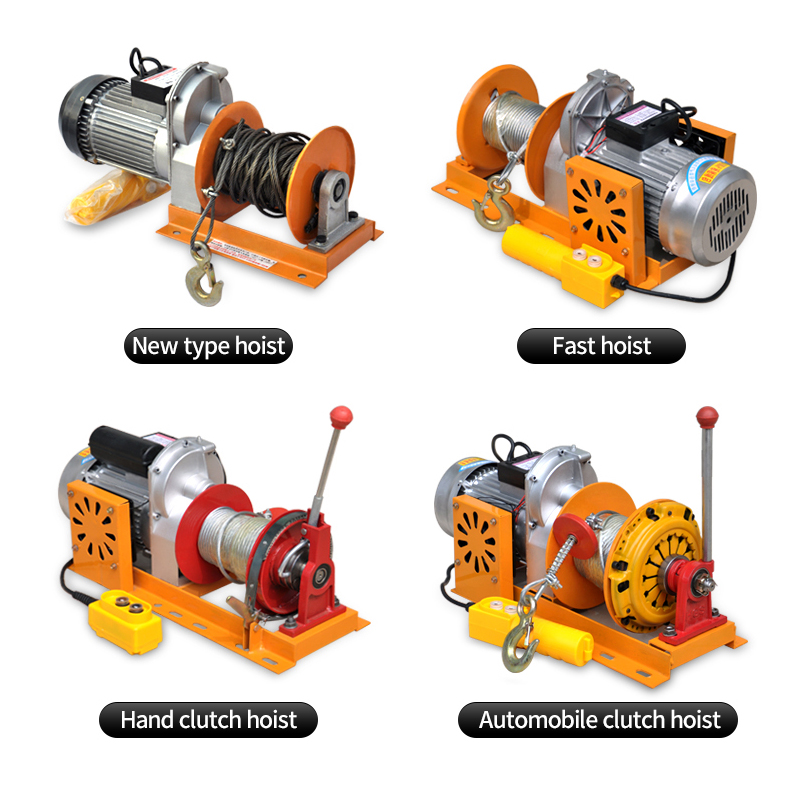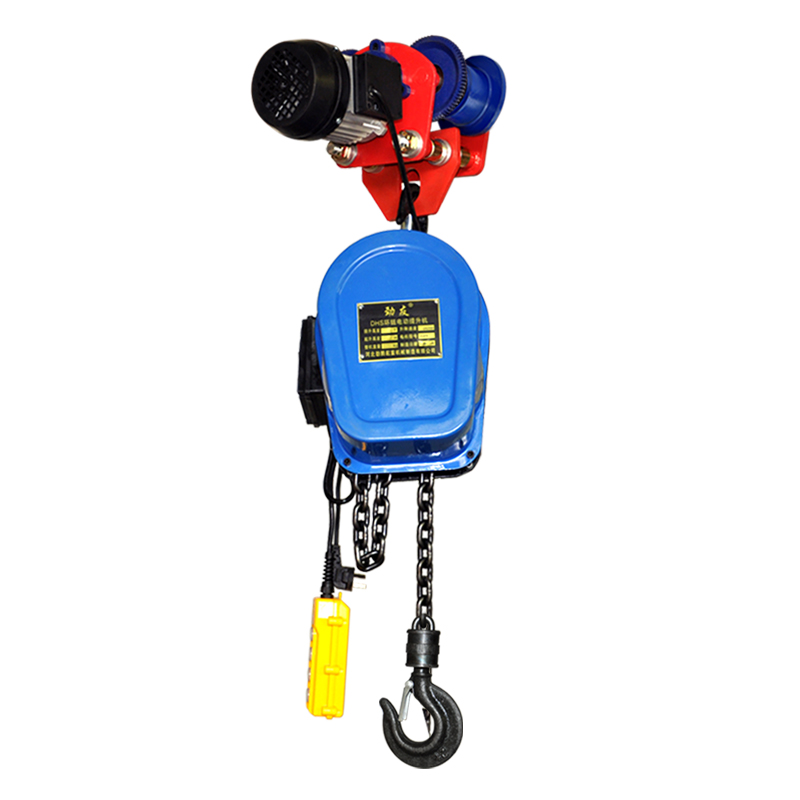The lifespan of electric chain hoists and wire rope hoists is influenced by several factors, including design, usage, maintenance, and environmental conditions. Here’s a detailed overview of the factors that determine the lifespan of each hoist type:
Factors Affecting the Lifespan of Electric Chain Hoists
Load Capacity and Frequency of Use
Overloading: Consistently exceeding the rated load capacity can lead to rapid wear and failure.
Duty Cycle: High-frequency use can stress components, potentially shortening lifespan.
Maintenance Practices
Regular Inspections: Consistent checks for wear and tear can identify issues before they lead to failures.
Lubrication: Proper lubrication of chain and moving parts reduces friction and wear.
Quality of Materials
Manufacturing Standards: Hoists made from high-quality materials and adhering to rigorous manufacturing standards tend to last longer.
Environmental Conditions
Temperature and Humidity: Extreme temperatures or high humidity can affect the components, leading to corrosion or mechanical failure.
Dust and Debris: Operating in dirty environments can cause wear on moving parts and chains.
Operator Training and Usage Practices
Proper Operation: Well-trained operators who follow safe operating procedures can reduce the risk of accidents and misuse.
Load Handling: Proper rigging and load handling techniques prevent unnecessary stress on the hoist.
Electrical System Integrity
Electrical Components: Regular checks of the motor and electrical systems can prevent failures due to electrical issues.
Factors Affecting the Lifespan of Wire Rope Hoists
Load Capacity and Usage Patterns
Overloading: Just as with chain hoists, exceeding the rated capacity can significantly reduce lifespan.
Duty Cycle: Heavy and frequent use places stress on the wire rope and other components.
Wire Rope Condition
Inspection and Replacement: Regular inspections for fraying, kinking, or corrosion of the wire rope are essential for safety and longevity.
Lubrication: Proper lubrication of the wire rope helps prevent wear and corrosion.
Maintenance and Care
Scheduled Maintenance: Routine maintenance and professional inspections help identify and rectify issues early.
Cleaning Practices: Keeping the hoist clean from dust and contaminants prolongs equipment life.
Environmental Factors
Corrosive Environments: Exposure to chemicals or saltwater can accelerate corrosion of the wire rope and hoist components.
Extreme Conditions: High temperatures or humidity can affect the mechanical and electrical systems.
Operational Practices
Training and Procedures: Well-trained operators are crucial for safe and effective operation, which contributes to the hoist’s longevity.
Load Management: Properly rigging and distributing loads can minimize stress on the hoist.
Mechanical and Electrical Components
Gear and Brake Systems: Regular checks and maintenance of gears and brakes are essential for safe operation and longevity.
Electrical Integrity: Ensuring the electrical systems are functioning properly prevents issues that could lead to failure.
Conclusion
In summary, the lifespan of both electric chain hoists and wire rope hoists is influenced by factors such as load capacity, usage frequency, maintenance practices, environmental conditions, and operator training. Proper care, routine inspections, and adherence to manufacturer guidelines can significantly enhance the longevity of both types of hoists. By understanding these factors, operators and maintenance personnel can take proactive steps to extend the lifespan of their hoisting equipment.
Post time: Jun-04-2025








